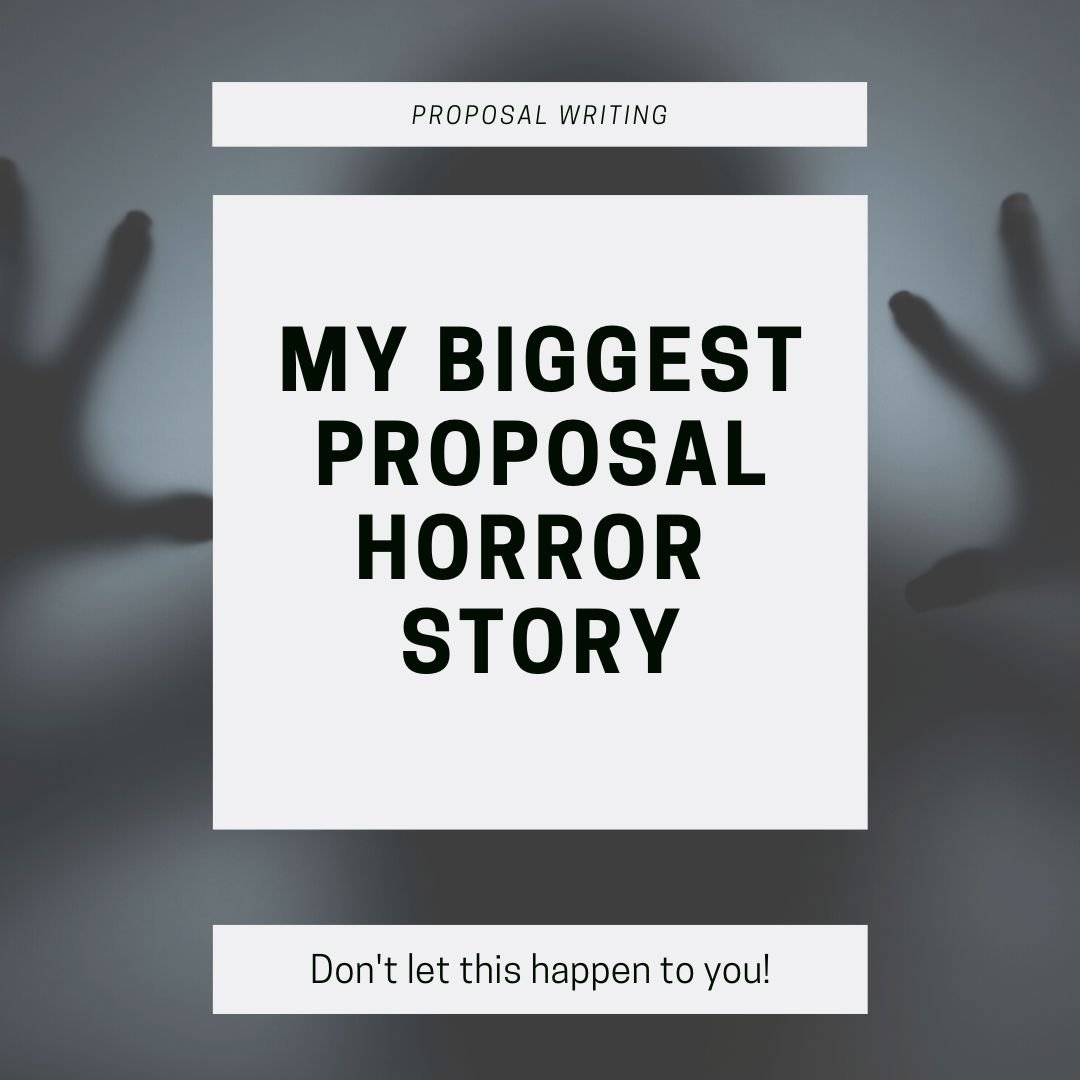The release of an RFP can create a pit of dread on too many teams. Anxious questions start to arise. Who’s going to pull this together? Do we have enough time? What about our other projects? Is it even worth it? This reaction is common, but it doesn’t have to be the only way. With a clear and effective proposal management process in place, these questions will have clear answers, and the release of an RFP can become an exciting opportunity.
Read MoreOne of the most recognized proposal processes is the Shipley Proposal Process. The Association of Proposal Management Professionals (APMP) recognizes Shipley as a top process and offers certification on it.
While it is an excellent process used by many major organizations, for some smaller teams, Shipley can be overkill. If your team consists of only a handful of people (or maybe even just you) and you respond to fairly simple RFPs, then the full process may cause more pain than benefit.
That’s why we follow a simplified version to reap the benefits without having to fill out a robust team with more meetings than are needed.
Read MoreA couple years into consulting, I had a client approach me who was concerned about a very aggressive competitor who was pursuing a contract that my client had held for ten years. The contract was a huge part of their business, and the competitor had been doing all of the right things to win over the customer–holding frequent meetings, conducting demos, meeting with all types of stakeholders, etc.
My client knew that if they didn’t create an outstanding proposal, they might lose the contract and have to rework their business.
Read MoreA lot of what we share here on the blog (and on YouTube) focuses on how to write your proposal and create a sound strategy.
But one of the biggest sources of anxiety we hear with RFPs comes not from the proposal itself, but from the requirements.
Sometimes responding to an RFP can feel like they’re intentionally trying to find a reason to deem your proposal noncompliant.
From page length requirements to hidden forms to requiring blue ink signatures, the list of requirements for what you have to remember for your proposal can stack up. And that’s not even including the proposal content itself!
Read MoreWith the start of a new year, many of us are hard at work planning out where to focus our energy for the next twelve months. Below is a list of a few popular proposal goals to inspire your planning, with steps you can take to actually achieve them!
#1 Increase Win Rate
Read MoreOne question a lot of companies ask is “what tool should I be using for my proposals?”
My answer to this question: it depends on your proposals.
So if you often send out non-RFP proposals, I’d like to share what I like about Pandadoc for proposals, what I don’t, and how to determine if it’s a good fit for your company.
Read MoreOver the past decade I have met countless proposal professionals. Most have a love/hate relationship with proposals – a love of putting together a winning proposal and a hatred of the constant deadlines, red tape, and stress that comes with working on projects with so much money on the line.
Many people stick with it though because once you get the hang of it, proposal writing can actually become fun.
If you’re waiting for that day to happen, or you’re hoping to hire a proposal writer who sticks around, below are a list of the most common traits I’ve encountered in successful proposal writers, and tips on how to develop these traits on your own.
Read MoreWith huge revenue potential, RFPs can be a very appealing option for many businesses. You search for the perfect RFPs, save the due dates, and add them to your to-do list to get started.
And before you know it, the due date passes with no proposal submitted.
If this has happened to you, don’t worry. RFPs can be overwhelming and challenging to complete. While they sound great in theory, in practice it takes a lot of energy to actually respond to the RFP (and even more to win!).
Below are some of the most common challenges companies face that make getting started with RFPs difficult.
Read MoreOn a random November Wednesday many years ago I learned that a rainy day in Vegas is not the same as a rainy day in the Midwest.
That particular Wednesday was the due date for the largest proposal I had worked on up until that point. Estimated at $20 million per year with 4 optional renewal years (a total of five years), it was a lot of money, and a lot of work.
Read MoreOne question that has come up several times in the past few weeks is “How do I write faster?” Especially when dealing with RFP deadlines, everyone wants to know how to make the process easier to hit more deadlines while still creating quality proposals.
I tend to be a quick writer naturally, and over time, I’ve developed a few additional strategies to help me write my first drafts even faster. If you’re watching the clock and wondering how to make your writing easier, try out some of the tactics below!
Read MoreWhen an RFP lands on your desk, the first thing you do is open it up and start searching for everything needed to respond and win the project.
As you scroll through the document, you see requirement after requirement, questions followed by more questions, and a seemingly endless compilation of forms to be sent in with your proposal.
By this point you start to wonder, “How am I going to remember all of this?”
If you’ve ever been in that situation, then this post is for you!
Read More










